
While Open Banking is a common term in the financial world, it can be confusing for banking customers to understand. A recent study found that over half of respondents in the US and Canada have never heard of the term. Whether or not we understand the meaning of Open Banking, it’s benefits have become part of our daily life.
The history of Open Banking is short and recent, but the future is long and bright. The origins can be traced back to an experiment ran by the German Federal Post Office in 1980. The goal was to test a new online banking service allowing users to make online transfers using a code. In today’s tech-saturated fintech world, Open Banking allows traditional banks to securely share customer banking, transaction and financial data with third-party providers (or TPPS) through the use of programming “codes” called application programming interfaces (APIs). In a way, it’s a form of networking of accounts and data between consumers, financial institutions and third party service providers. Now let’s take a look at some OB benefits to customers.
Consumers want a digital experience
Even before the pandemic, going to an actual bank branch was complicated. Open Banking changed that by providing customers with a 100% digital experience. Today, visiting a bank is no longer an option. With the pandemic pressure and digital platforms growth in every business sector, the financial sector was forced to undergo a drastic digital transformation as over 50% of consumers now prefer internet banking and mobile apps. Not only are banking services digital and accessible 24/7, but financial companies are constantly reevaluating and investing in further technology to make the experience better, faster and easier to use.
Painless Money Management & Independence
In the past, the idea of investing and money management seemed complicated and expensive. Traditionally, clients had to meet face-to-face with a financial advisor and review an overwhelming amount of complex paperwork. In 2014, Canada’s Wealthsimple gave the old proces a digital transformation. While the company started as a robo-advisor firm, it introduced additional services powered by Open Banking to help customers manage money and reach financial goals. The Canadian fintech uses Flinks to aggregate customer data from their financial institutions in order to speed up the account creation process.
Fast Decision Making & Solutions
Digital innovation has accelerated many industries and depleted our patience for manual, outdated and inefficient procedures and paperwork. We want everything now. With Open Banking, customer financial data and transactions can be shared across various platforms allowing consumers to gain a complete picture of their finances. Creditkudos is OB technology that aggregates customer financial information to help lenders decide creditworthiness of a borrower. This helps make faster decisions by automating and speeding up the application process for a loan, credit card, insurance coverage, etc…
Security and Trust
Security is a big concern for any digital company and especially for fintechs that have access to customers’ financial data. Banks and TPPs have been diligent about providing maximum level of security to their customers. Third party providers incorporate multi-factor authentication, requiring customers to prove their identity through at least two sources. APIs also provide an extra layer of fraud security by encrypting data to securely transfer private info.
Global Citizens
As lifestyles become more international, dealing with multiple currencies, withdrawals, and exchange rate fees can be confusing and expensive. Open Banking technology now offers countless multi currency digital banks and wallets. Users can hold, convert, send and receive money in multiple currencies all while keeping their confusion and fees down. With a recent boom and acceptance of cryptocurrency, many of these platforms are also adding Bitcoin, Ethereum and other altcoins to the mix.
Make & Request Payment
Although the banking sector has been slow at adapting to new technologies, digital payments and transfers have grown at an astonishing pace, creating a cashless culture. Payments to merchants and friends can be done with a swipe of a phone or push of a button. This is especially helpful when customers want quick fulfillment options such as a digital download or purchasing a ticket for travel. Customers can also easily request payments from other account holders who will receive a notification outlining the amount and due date.
Fast & Easy Transfers
Thanks to Open Banking, making a national and international bank transfer is fast and easy, which over 15 years ago was a painful process. For international and multi-currency payments, Wise is a hassle-free and low-cost tool that allows to hold and convert 54 currencies and send money to 80 countries. The fintech relies on Plaid’s OB technology to allow users to make payments in a smooth and secure manner.
All In One Aggregation Tools
Open Banking has allowed customers to take control of their finances. Numerous personal finance management apps such as Canada’s Hardbacon and US’s Mint use Open Banking tools to aggregate all accounts conveniently in one place, providing customers with complete overview and insight into their financial health along with budgeting and wealth management tools. These tools are faster and simpler than logging into individual accounts, gathering info and creating Excel spreadsheets that have to be updated manually.
Open Banking has changed and revolutionized the way we manage and spend money and it will continue to accelerate and evolve. It has also created an environment where traditional banks and fintechs don't have to compete with each other but instead collaborate on creating new and improving existing solutions and services. With customers’ changing needs in mind, Open Banking will continue offering new products and services that are streamlined, easy to use, fast and customized.


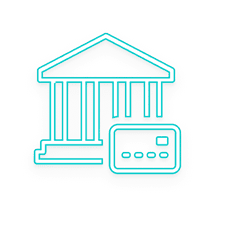


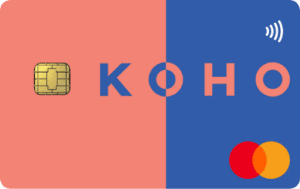
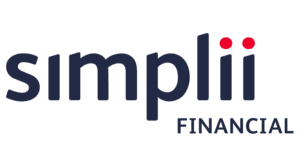
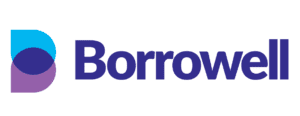
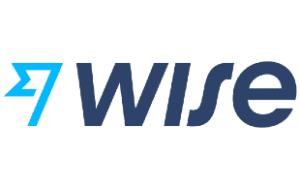



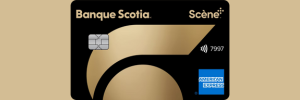








About The Author: Arthur Dubois
Passionate about personal finance and financial technology, Arthur Dubois is a writer and SEO specialist at Hardbacon. Since his arrival in Canada, he’s built his credit score from nothing.
Arthur invests in the stock market but doesn’t pay any fees because he uses National Bank Direct Brokerage online broker and Wealthsimple’s robo-advisor. He pays for his subscriptions online with his KOHO prepaid card, and uses his Tangerine credit card for most of his in-store purchases. When he buys bitcoins, it’s with the BitBuy online platform. Of course it goes without saying that he uses the Hardbacon app so that he can manage all of his finances from one convenient place.
More posts by Arthur Dubois